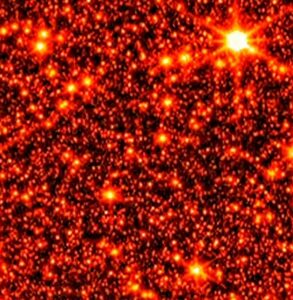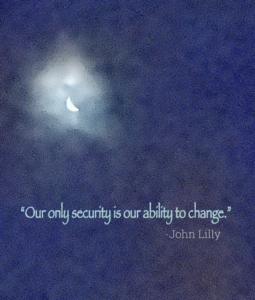 Of course we look up with wonder, but as we do so we neglect to see ahead of us.
Of course we look up with wonder, but as we do so we neglect to see ahead of us.
The recent images from the James Webb Telescope have provided us with vibrant views of distant heavens never seen before (and not possible with the naked eye). Yes, scenes millions of light years behind us captivate our imagination. The pretty pictures distract us from our earthly concerns.
This planet is heating up. We are, right now, experiencing unprecedented climate change; more than we know and much more than some people will admit.
When we take into account how much money governments spend on space exploration we have to question how much good that revenue could be doing right here on Earth?
For example, The United States alone has spent more than $200 billion on the Space Shuttle program and another $50 billion on the International Space Station. Since its creation in 1958, right through to 2018, NASA spent almost one trillion inflation-adjusted dollars.
That figure, with capital “T”, does not account for monies spent by other governments throughout the world.
Canada, alone, spent $110 million to develop the Canadarm; a device best known for capturing, repairing, and deploying satellites, missions to the Hubble Space Telescope, and docking the space shuttle to the Russian Mir Space Station. Millions more was spent developing the Canadarm 2; a bigger, smarter version of its predecessor.
I’m most certain further Google searches would show how much more money, globally, was spent to find out more about the universes beyond. With each search I would question its value to humanity.
Whether we talk about millions, billions or trillions, we have to ask ourselves about the good those dollars could do to eradicate poverty or homelessness, or sharply reduce the toxic emissions destroying our atmosphere?
I, myself, have spent countless hours on many days throughout my life simply staring up in awe at clouds, the stars, constellations, and each phase of the moon and how it reacts to, and with, the light of the Sun I always believed was central to our existence. My thoughts were always full of wonder. Why are we here? Where did we come from? What else is out there?
The recent photographs confirm there is far more out there than some of us ever imagined, but we are so fascinated by the sights thousands of light years away that we lose perspective of our earthy concerns.
We have such a limited view of our future that we can’t even answer ourselves when we ask how much time we have to enjoy all that surrounds us?
We can continue to marvel at the real proof in the images of galaxies and heavenly bodies beyond our imagination — and look back historically to the advancements in space exploration — but it seems we can’t see what is ahead.
Or we don’t want to. Imagine that.
© 2022 j.g. lewis












